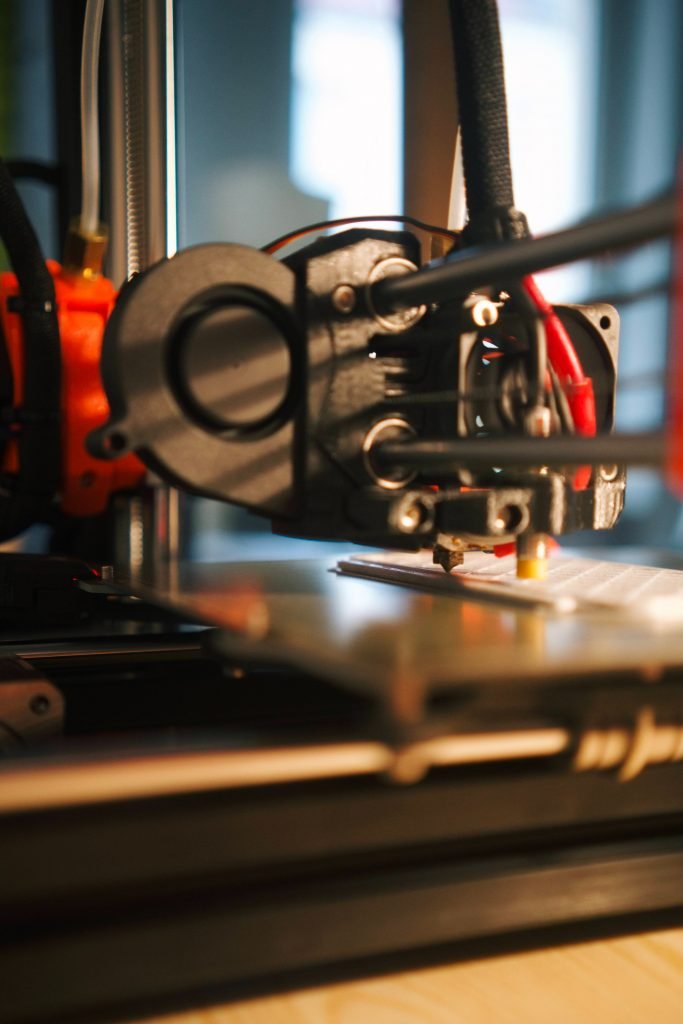Choose the right material for 3D printing
3D printing is increasing over the years and many new advancements have been introduced. Various materials are used to create the desired prototype. Every material has its features, strengths, and weaknesses. Materials must be well-suited for the application to meet design goals. It is necessary to check material properties before conducting a process. The qualities of the material becomes significantly more important when a product advances from concept and functional prototype to manufacturing. Material properties such as thermal, compression, optical, chemical, etc. show how a material behaves under a specified condition. Without assessing the properties one won’t get the desired quality output. Thus material selection should be on the priority list. If you want to avoid the hassle of selecting and examining the material yourself you can work with 3D printing experts who can take care of each step of the prototype creation so that there is no compromise on the quality. Below are the top 7 points any designer or engineer should keep in mind while choosing the correct material.
1. Tensile Strength
A fundamental property that shows ultimate strength material can withstand without breaking on applying force. A property that every engineer looks for in material is high tensile strength as it is important for structural, load bearing, and mechanical parts. 3D printing applications vary a lot with prototypes needing load-bearing capabilities and nothing better than a material with high tensile strength. So choose a material that is tensile enough to handle the pressure without breaking down and ductile enough to form a thin wire.
Here are some popular materials used for 3D printing with their Tensile Strength:
Nylon 75 MPa
ABS 28.5 MPa
PLA 56.6 MPa

2. Young’s Modulus
Young’s Modulus or Elastic Modulus is the change in dimension of a material under tensile or compressive load. It is a measurement derived from the relationship between stress and strain. It is a determined way to know how stiff or flexible a material is, and how readily deformation takes place when the load is removed.
The high Modulus of a material is a good indicator of stiffness. On the other hand, low modulus indicates the flexibility of a material allowing you to get an insight into the elasticity of the material. Young’s Modulus is an important factor while selecting material for load bearing parts that are required to remain in their geometric specifications under load.
3. Tear Strength
Tear Strength is used to quantify how much tensile strength material can withstand when it starts tearing or a tear has been introduced in the material. It is a material’s resistance to tearing after the application of load. A material tearing when the load has applied can result in damage. The thickness of the material is also considered while tear testing. Low tear resistance material has poor abrasion resistance and it will fail quickly when damaged. While selecting flexible material for high tensile strength application, choose a tear-resistant material. It is a misconception that hardness equals good tear resistance.
4. Hardness
Hardness is defined as a material’s resistance to undergo permanent shape when a compressive force is applied. Resistance to permanent deformation of a material is measured using the Rockwell scale, or the Shore durometer. Hard materials tend to break when little to no force is applied to them. A hard material will resist deformation better. This property aids in the identification of soft materials needed for elasticity applications. Hardness, on the other hand, is resistant to scratching, abrasion, and cutting.
5. Elongation
Elongation is a measure between the initial length and change in length of the material when a tensile load is applied. It is defined as the resisting change in shape before the material breaks or permanent deformation occurs. While choosing a flexible material check the elongation property of that material. Stiff material is usually brittle hence causes low elongation and tends to break quickly whereas elastic material can stretch several times before breaking. Elongation is vital in construction and architectural structures so that it allows structures to deform noticeably rather than collapsing immediately.
6. Thermal Expansion
Materials often tend to expand or shrink due to change in temperature. Additive manufacturing technologies are based on strong heating of the material, resulting in expansion or shrinkage of the material. A positive thermal expansion occurs when the material expands with an increase in temperature whereas the material shrink on a negative metric. Thermal expansion is an important factor for applications where a change in shape is acceptable or undesirable. Usually, high temperatures result in curling, wrapping, shrinkage, and expansion of the material. To avoid such problems consider the material along with the purpose for which it is being used.
Here are some popular materials used for 3D printing with their Thermal Expansion Coefficient:
ABS 90µm/m-°C
PLA 68µm/m-°C
Nylon 95µm/m-°C

7. Heat Deflection Temperature
The temperature at which a polymer deforms under a specific load is the heat deflection temperature. It is an important aspect used during product design and manufacturing. Some 3D prototypes are used for high-temperature applications. At such times, the material has to be heat resistant to avoid change in shape.
Here are some popular materials used for 3D printing with their Heat Deflection Temperature:
Nylon 97° C
ABS 96° C
Polycarbonate 138° C
Conclusion
With an increase in the demand for 3D printing, it is essential to choose the right material for your application to avoid further losses. There are many options available for you to choose from, so make sure you select the one that fits your needs. If you are still confused, approach a specialist 3D printing service provider who will guide you throughout the process. Get on a free no-obligation 15min call with our expert consultant to get the best advice on your next 3D printing project.
